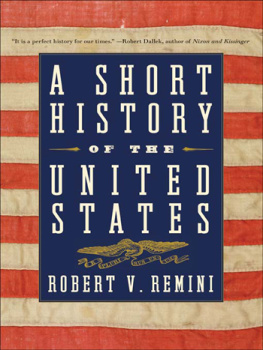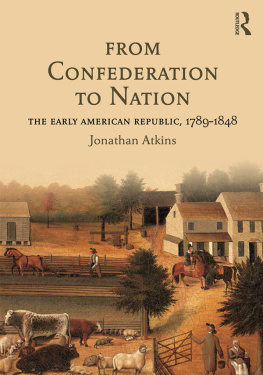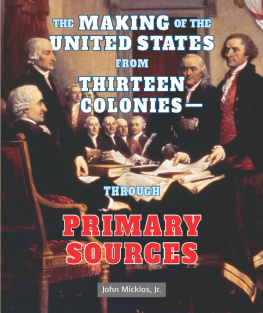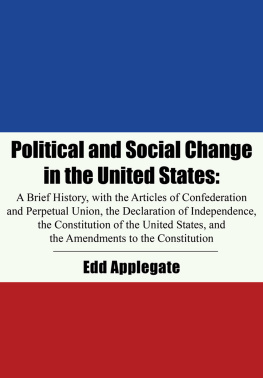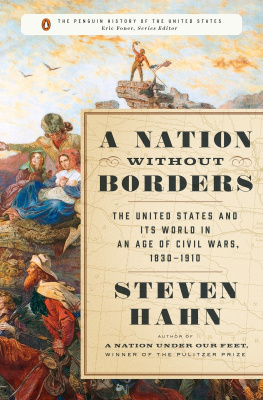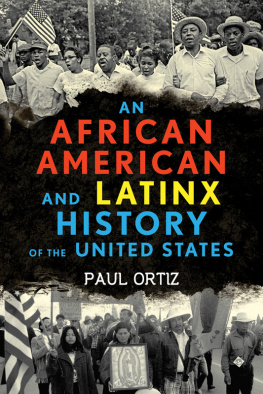T HERE ARE MANY intriguing mysteries surrounding the peopling and discovery of the western hemisphere. Who were the people to first inhabit the northern and southern continents? Why did they come? How did they get here? How long was their migration? A possible narrative suggests that the movement of ancient people to the New World began when they crossed a land bridge that once existed between what we today call Siberia and Alaska, a bridge that later disappeared because of glacial melting and is now covered by water and known as the Bering Strait. It is also possible that these early people were motivated by wanderlust or the need for a new source of food. Perhaps they were searching for a better climate, and maybe they came for religious reasons, to escape persecution or find a more congenial area to practice their particular beliefs. Who knows?
Of course some scholars have argued that these ancient people came by sea, and several modern adventurers have sought to demonstrate how it was accomplished. But if a land route did provide the gateway to this New World, when did it happen? How long ago? The best guessand it is a guessis that it took place 50,000 years ago, if not more. But was it a single long migration stretching over a number of years? Or did it come in fits and starts during an extended period of time? Scholars have suggested that the migration continued until 2,000 years ago and that extended families came in groups. Over time, these people settled into every habitable area they could find, penetrating to the most southernly region and even occupying the many islands off the coast, especially the eastern coast. These ancients established themselves along an 11,000-mile stretch from north to south, and a distance of 3,000 or more miles, in some places, from east to west. They developed a diversity of cultures, depending in the main on the areas where they took up permanent residence; and they spoke at least 300 different languages. Their individual clans formed tribes or nations, and their governments usually consisted of a council of elders and clan chiefs selected by the elders. The highest ruling member of the tribe was the principal chief, chosen from one of the major clans. But many functions of government were normally handled by an individual clan or by a family.
The economy was mostly agricultural, that is, hunting and gathering. But these natives were limited in what they could do by the fact that they had not invented the wheel; nor did they have important domesticated animals, such as the horse and cow. And they had not learned the skills of metallurgy, apart from the hammering of sheet copper to make primitive tools and gold and silver for personal ornaments.
None of the hundreds of tribes who resided in the area north of present-day Mexico had an alphabet or a written language. Instead they resorted to pictographs to record important events, and they substituted a sign language and smoke signals to communicate over long distances. In the south a more culturally advanced society emerged among the Aztec and Inca tribes. The Aztecs had a written language and a command of mathematics and architecture. Their great stone temples commanded the cities and towns in which they were built. It has been suggested that the cultural level of the southern tribes in the eighth century after Christ was more advanced than that of any of the countries in western Europe. If so, the question immediately arises why it came to a full stop and never advanced. That is another mystery that cannot be satisfactorily explained from evidence presently available.

Distribution of American Indians
More mysteries. According to Norse sagas, sometime around AD 1000 Vikings were blown off course while sailing west from Iceland to Greenland, and landed in the New World. Just where they found refuge is uncertain. A little later Leif Eriksson and his crew repeated this journey and probably reached present-day Newfoundland, or possibly some place along the coast of modern-day New England. They made camp and explored a wide area, no doubt visiting sections that later became part of the United States. Further explorations by other Vikings may have taken them down the St. Lawrence River.
In any event the Vikings never established permanent settlements in the New World, and nothing came of their discoveries. It took several more centuries for western Europe to begin to initiate important changes in its society that would result in the migration of many of its people to the New World.
T HE C RUSADES UNDOUBTEDLY triggered a good deal of these changes. In 1095, Pope Urban II called Christians to liberate the Holy Land from the Muslims who controlled it. Thousands of Europeans responded and traveled to the East, where they were exposed to a different and more exotic culture, a way of life that excited their imagination. Later they returned home from their adventure with new tastes, new ideas, new interests, and new demands for foods and goods that they had experienced in the East, such as spices, cotton, and silk cloth. Their desire for the products of the East was further enhanced by Marco Polos account of his extensive travels and life in China, published in the thirteenth century. The gold and silver as well as the spices and silk clothing that Polo described captured the imagination of Europeans. Trade routes were developed to bring these products to an eager market. Soon the manorial, agricultural, closed economy of the medieval world gave way to a capitalistic economy based on trade, money, and credit. Existing cities flourished and new ones were founded. This urban development attracted artisans of every stripe who perfected their crafts and initiated a technological revolution. The printing press made possible the wide distribution of books and stimulated learning. It also contributed to the formation of universities in a number of cities. The compass and astrolabe were introduced by which navigation of the seas became safer and encouraged seamen to seek new routes and new worlds beyond those already known.
As a result of these and many other less notable changes the Middle Ages, with their authoritarian and rigid system of beliefs and practices, slowly disintegrated. The power of the pope and bishops who controlled the Catholic church was supplanted by that of ruling monarchs and titled noblemen in emerging nation-states. And after Martin Luther posted his list of ninety-five theses on a cathedral door, the Christian religion no longer consisted of a single set of beliefs.
Capitalism, Protestantism, and the nation-states ruled by ambitious sovereigns combined to bring about modern Europe.
O NCE THE ASTROLABE allowed navigators to determine the longitude of their ships at sea by measuring the angle between the sun and the horizon, daring explorers ventured farther down the coast of Africa. Prince Henry of Portugal, known as Henry the Navigator, subsidized expeditions that ultimately crossed the equator and sailed down the length of Africa. In 1498, Vasco da Gama rounded the Cape of Good Hope, crossed the Indian Ocean, and reached India, where he announced to the natives that he had come to trade.
Reaching the East by the shortest possible route and returning home with gold, silver, spices, and other exotic products became an ambitious quest for many seamen. An Italian navigator, Christopher Columbus, believed he could reach the Orient faster by sailing due west, not around the continent of Africa. Despite the objections of her advisers, who felt that the long voyage by small caravels into the unknown posed dangerous risks, Isabella the Catholic, queen of Castile, who married Ferdinand, king of Aragon, to form the nation-state of Spain, agreed to finance the trip. On August 3, 1492, three ships, the Nina , Pinta , and Santa Maria , manned by about ninety sailors, left Palos, Spain, andafter a brief stop at the Canary Islands off the coast of Africaheaded toward the setting sun. It took enormous courage and superb seamanship to undertake this voyage, but on October 12 at around two AM, Columbus and his crew made landfall on what he called San Salvador (it was later named Watlings Island), in the Bahamas. He next sighted a much larger island, Hispaniola, and called the natives who greeted him Indians, in the mistaken belief that he had arrived in India and that China was just a short distance farther west. He returned home to a heros welcome and made three further trips to this New World, but he never found the treasures and spices he desired, and he died still convinced that he had reached Asia.

